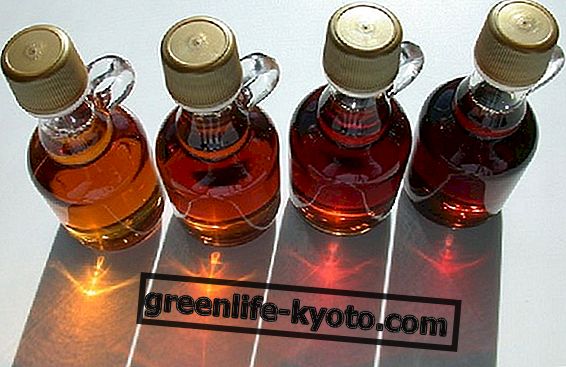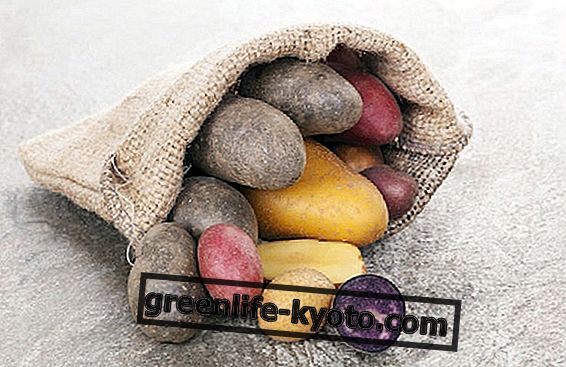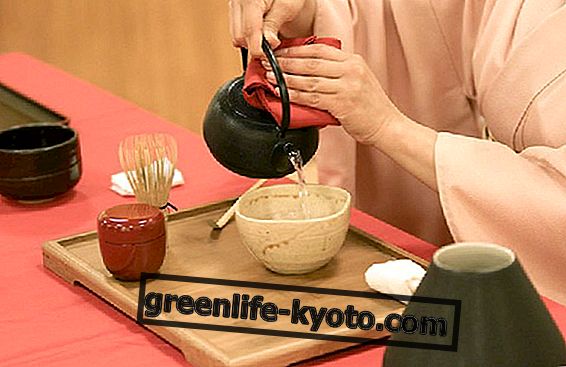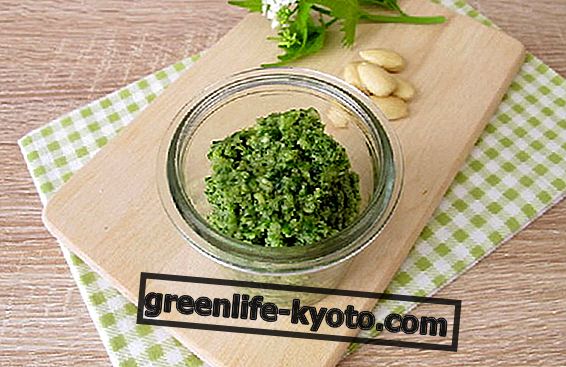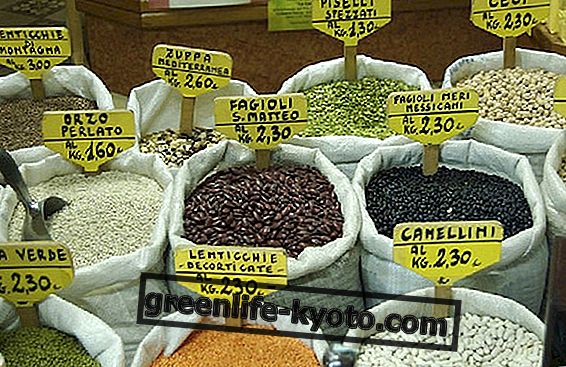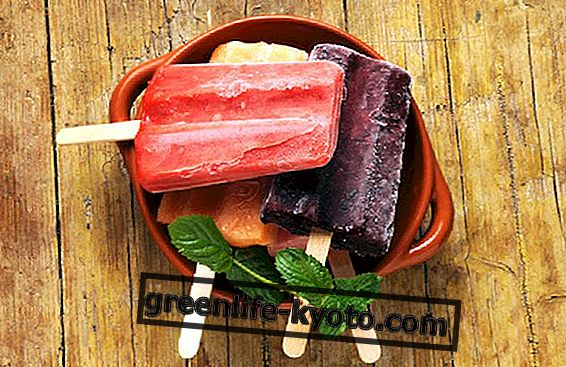
The skin and its surprises
You get up one morning, look at yourself in the mirror and discover something new on your skin: small yellowish balls that look just like millet grains . It is nothing to worry about, what are commonly called "millet grains" are actually accumulations of keratin, a species of cutaneous cyst.
Why do they appear?
Round or oval, a few millimeters in diameter, millet grains appear for several reasons. First of all there may have been traumas, such as burns or abrasions; also the obstruction of hair follicles may have contributed to their formation, occlusion often caused by bad products, creams or foundations with silicones for example, which do not allow the skin to breathe. Sun and cold can also be triggers.
These small spheres appear in both men and women, at various stages of age, most frequently neonatal and adult. The cheeks and eyelids are the most affected areas. In the newborn millet grains are physiological and disappear on their own, while those formed in adulthood are a little more difficult to eliminate. The solutions can be more or less invasive. The most invasive ones involve the use of scalpels or lasers, meaning that the grain is cut and the material inside is squeezed. Alternatively there is the chemical peeling that the dermatologist performs with acids.
Natural remedies
Prevention, even in this case, is the best thing, and nothing is more effective than natural cosmetics . Daily cleansing of the face is very important, to be performed with delicate products such as oils, make-up removers and sweet tonics, natural soaps, such as Aleppo soap or nigella soap. Absolutely degreasing and irritating soaps and foam products are to be avoided.
Secondly, it is important to regularly exfoliate facial skin once every two weeks. A natural peeling based on sugar, honey, yoghurt and lemon is ideal. Once a month you can dedicate yourself a DIY, clay or fruit mask, which contains naturally revitalizing acids.
The third step is to moisturize and nourish correctly . Avoid products that contain ingredients with a comedogenic effect, which are frequently found in cosmetics, particularly in moisturizers. They are petrolatum (liquid paraffin and Vaseline) and silicones: be careful when they are listed among the first items of the INCI! Remember that vegetable ingredients that have not undergone chemical processes are indicated with their Latin botanical name, followed by an English term that indicates which part has been used (eg verbena officinalis extract ). Instead of products recreated in the laboratory, which only smooth the dermis superficially, creating a film, it is important to make use of real nutrients, such as pure vegetable oils, such as jojoba oil, sweet almond oil, oil of Argan, wheat germ oil and castor oil.
Treat what you eat . Treating your skin means increasing the number of those foods that are good for your skin. Consequently it also means limiting the consumption of harmful foods, such as fats, packaged sweets, chocolate, sausages and fat cheeses; then go ahead for fresh and seasonal fruit and vegetables, never missing herbal teas, green tea or natural water.
Tip : try researching the cosmetics INCI and find out what they say about the products you are using. If you see that there is something comedogenic, try to eliminate it, it might work! Attention also to make-up: it is recommended to always use quality and natural make-up products, not occluding.
